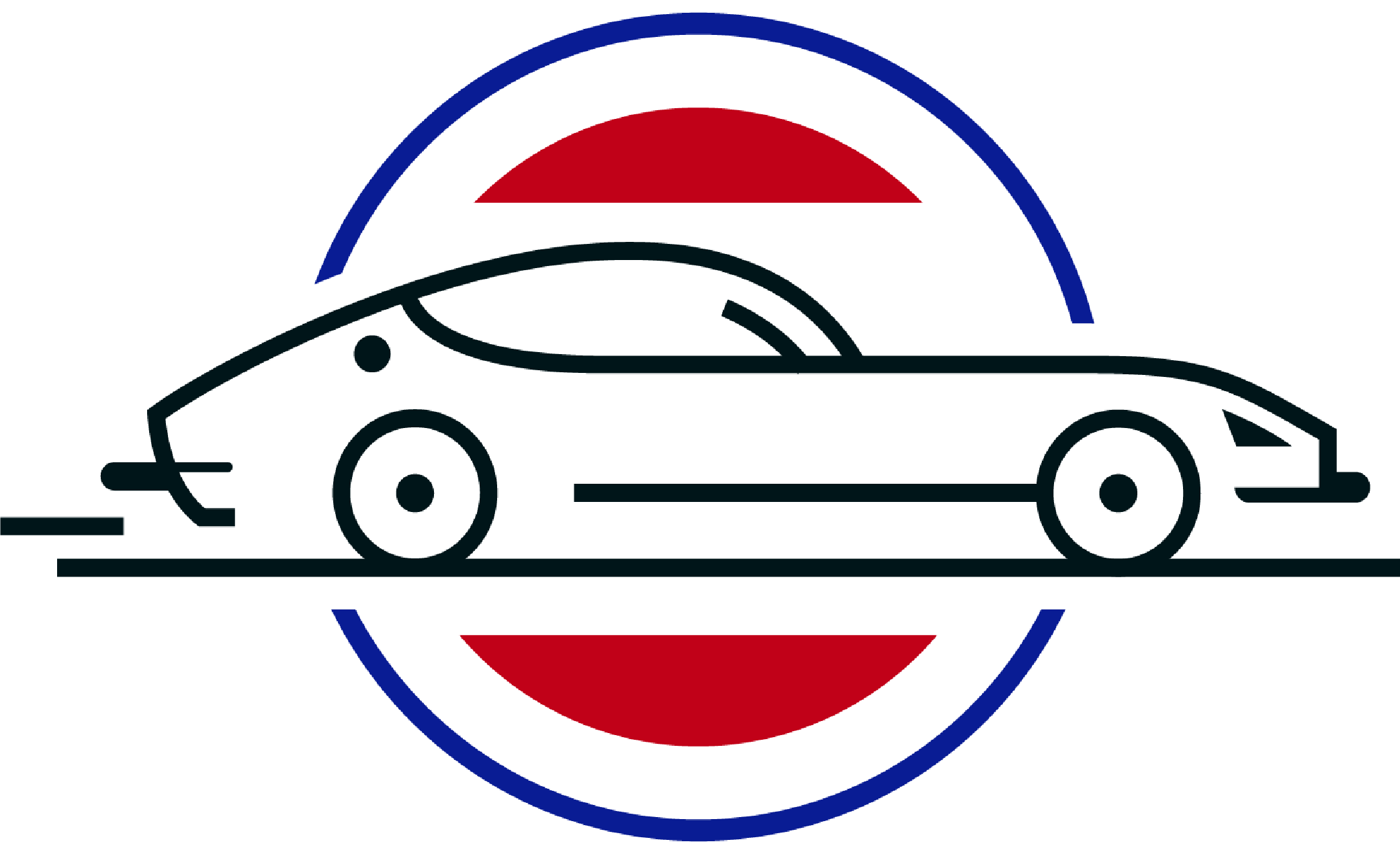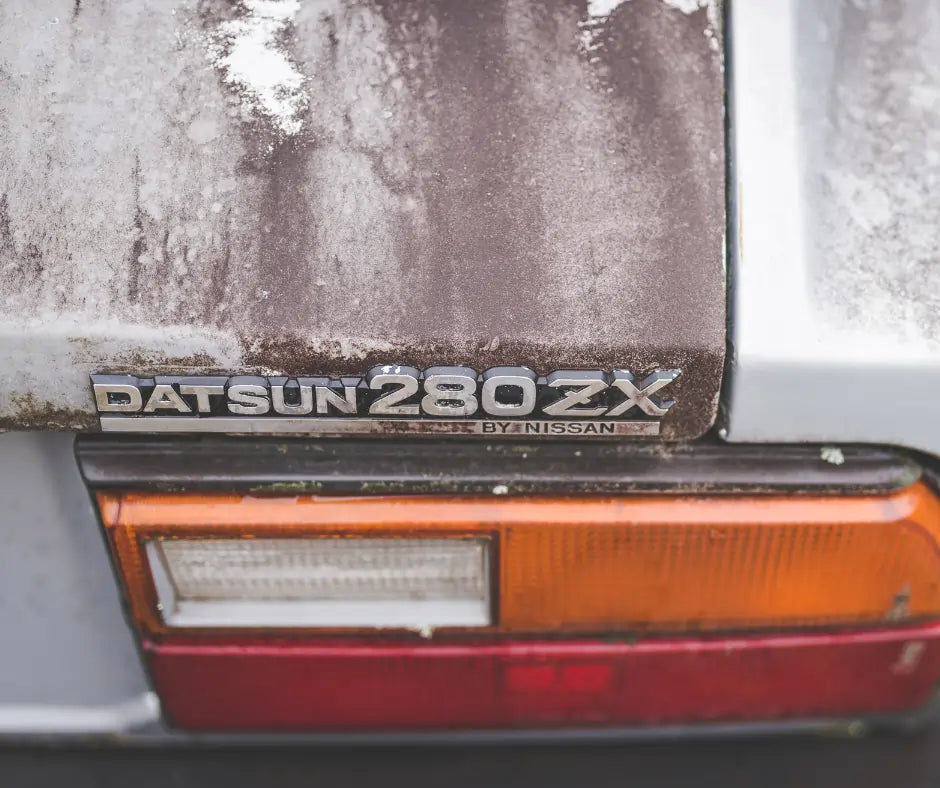Common Pitfalls In Car Restoration And How To Avoid Them
Undertaking a car restoration project is an exciting journey that combines passion, skill, and dedication. Whether you're a seasoned gearhead or a newcomer to classic automobiles, breathing new life into a vintage vehicle can be rewarding and challenging. However, the path to automotive rejuvenation is often fraught with unexpected obstacles and potential missteps.
From underestimating the scope of work to overlooking crucial details, these pitfalls can turn your dream project into a frustrating ordeal.
How To Avoid Common Pitfalls In Car Restoration
Here, we explore some of the most common mistakes made during car restoration and how to avoid them:
1. Underestimating The Project Scope
Restoring a car can be an incredibly rewarding project, but it's easy to fall into common pitfalls, with one of the biggest being underestimating the scope of work involved. Proper planning and realistic expectations are key to a successful restoration.
Here's how to avoid common mistakes:
- Conduct a thorough assessment of the vehicle before starting
- Create a detailed project plan, breaking down tasks into manageable steps
- Be realistic about your skills and available time. Seek advice from experienced restorers or join car clubs for support.
2. Inadequate Budget Planning
Restoration costs can quickly spiral out of control, leaving projects stalled midway through completion.
How to avoid this:
- Research and estimate costs for parts, materials, and labor
- Add a contingency fund of at least 20% to your budget for unexpected expenses
3. Rushing The Process
Impatience can lead to cutting corners and compromising the quality of your restoration.
How to avoid this:
- Set realistic timelines for each phase of the project
- Focus on doing things right rather than doing them quickly
4. Neglecting Proper Documentation
Please document the restoration process to avoid confusion and mistakes, especially in long-term projects.
How to avoid this:
- Take photos and videos at every stage of disassembly and reassembly
- Keep detailed notes on part numbers, wiring diagrams, and assembly order
- Create a filing system, software, or apps to organize your project information
5. Overlooking Rust And Structural Issues
Ignoring or underestimating rust and structural damage can compromise the integrity and safety of the restored vehicle.
How to avoid this:
- Thoroughly inspect the vehicle for rust, paying particular attention to hidden areas
- Address structural issues early in the restoration process
- Learn proper rust repair techniques or hire a professional for extensive rust damage
- Use high-quality rust prevention products during reassembly
6. Mismatching Parts And Materials
Using incorrect or incompatible 280z parts can lead to poor fitment, functionality issues, and an inauthentic restoration.
How to avoid this:
- Research your vehicle's specific year, make, and model to ensure part compatibility
- Use original equipment manufacturer (OEM) parts when possible
- Verify part numbers and specifications before purchasing
- Consult with experts or join model-specific forums for advice on part selection
7. Neglecting Electrical Systems
If not adequately addressed, outdated or faulty electrical systems can cause problems and safety hazards.
How to avoid this:
- Thoroughly inspect and test all electrical components
- Consider upgrading to modern high-quality wiring harnesses for improved reliability and safety
- Learn basic automotive electrical skills or consult with a specialist
Skipping crucial steps in paint preparation can result in a subpar finish that doesn't fully reflect your restoration efforts, so use high-quality primers and follow proper curing times.
By prioritizing quality in every aspect of your restoration, from body panels to engine components, you'll be rewarded with a stunning vehicle that performs reliably for years to come.
For information on our high-quality Datsun parts, contact Resurrected Classics via this Online Form or call us at 770-361-8955. We will respond shortly.


